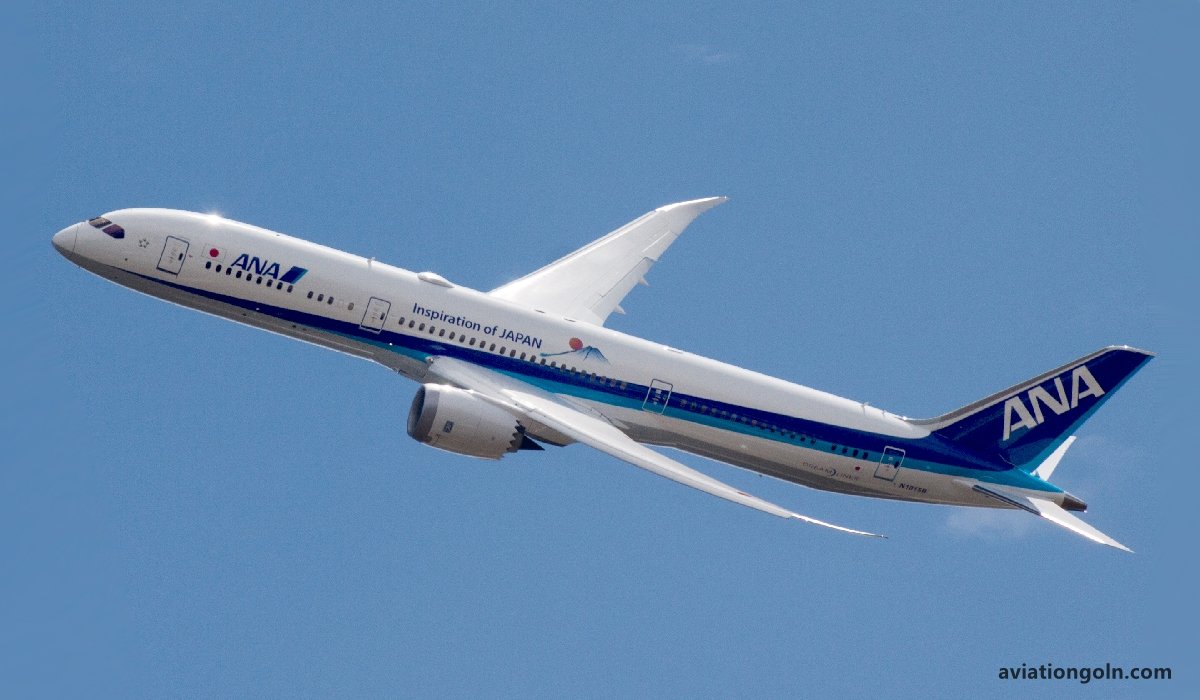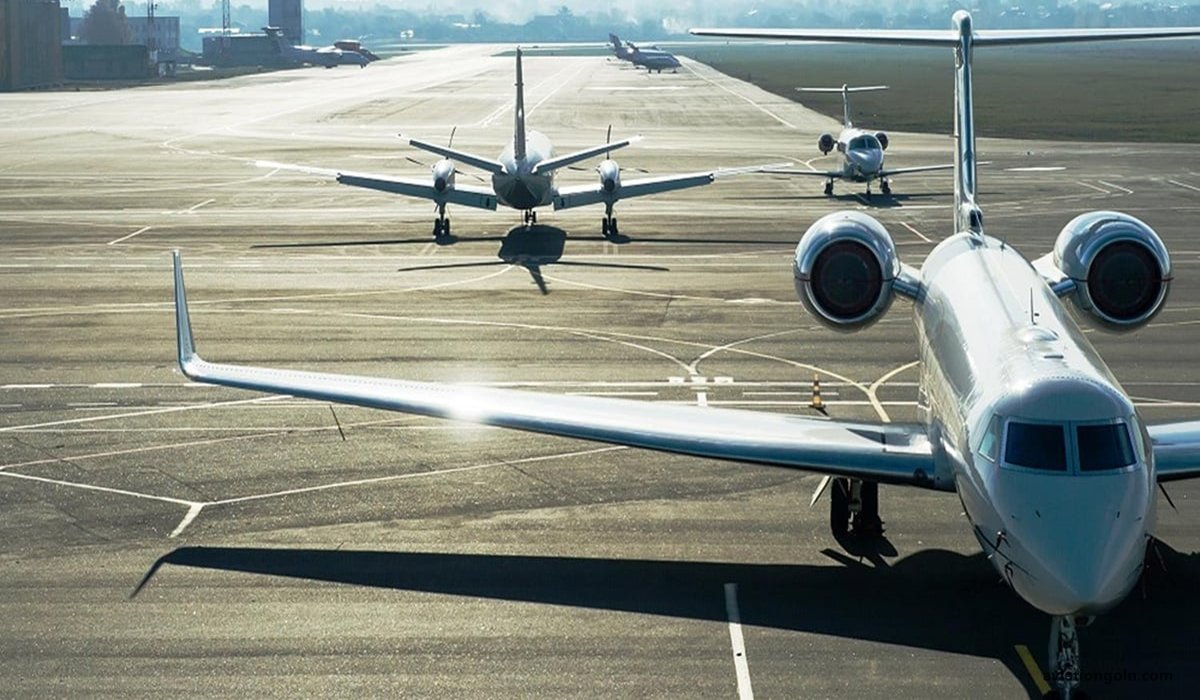Key Players in the Airline Industry: The airline industry is a vast and complex network of businesses that operate to move people and goods from one place to another. The industry has evolved significantly over the past century, and today, it connects all corners of the world, facilitating global commerce, tourism, and cultural exchange.
Central to this system are its key players, from major commercial airlines to regional carriers, from aircraft manufacturers to service providers. Here, we will take an in-depth look at the airline industry’s key players and provide an overview of the sector’s status and its inner workings.
Key Players in the Airline Industry: Airline Industry Overview

1. Major Commercial Airlines:
a) Delta Air Lines: Headquartered in Atlanta, Georgia, Delta is one of the world’s major airlines. With a vast fleet, it operates thousands of flights daily, serving major destinations globally.
b) American Airlines: Based in Fort Worth, Texas, American Airlines has a rich history dating back to the early days of aviation. As of the last count, it boasts a considerable number of destinations worldwide.
c) Emirates: This Dubai-based airline is known for its luxury services and vast network connecting the East and West. It has played a pivotal role in positioning Dubai as a major international transit hub.
d) Lufthansa: Germany’s largest airline, Lufthansa, is one of Europe’s major carriers. With its subsidiaries, Lufthansa Group serves numerous destinations worldwide.

2. Low-Cost Carriers (LCCs):
a) Southwest Airlines: Founded in 1967, Southwest revolutionized air travel with its low-cost model. Today, it’s the largest low-cost carrier in the US.
b) Ryanair: Europe’s answer to budget travel, Ryanair, offers a vast network of routes at highly competitive prices, with its base in Ireland.
c) Air Asia: Headquartered in Malaysia, AirAsia has a significant presence in Asia, providing affordable flights across the region.

3. Aircraft Manufacturers:
a) Boeing: An American multinational, Boeing is one of the world’s largest aerospace manufacturers. The Boeing 747, 777, and 737 are among the most popular commercial airplanes.
b) Airbus: A European consortium, Airbus, is Boeing’s primary competitor. Its aircraft, such as the A320, A350, and A380, are widely used by airlines worldwide.

4. Airports:
Airports serve as the primary infrastructure for airlines. Key players include:
a) Hartsfield-Jackson Atlanta International Airport: The world’s busiest airport in terms of passenger traffic, it serves as a major hub for Delta Air Lines.
b) Beijing Capital International Airport: A significant hub in Asia, reflecting China’s growing importance in global air travel.
c) London Heathrow Airport: One of Europe’s busiest airports, Heathrow is a vital connection point for many international flights.
5. Other Service Providers:
a) Sabre & Amadeus: These companies provide the critical IT infrastructure that airlines use for reservations, operations, and other backend services.
b) Rolls-Royce & GE Aviation: Engine manufacturers play a crucial role in the aircraft supply chain. Their innovations in fuel efficiency and noise reduction are vital for the industry’s evolution.

Industry Overview:
1. Economic Impact: The airline industry is a significant contributor to the global economy. In 2019, the sector supported 65.5 million jobs and contributed $2.7 trillion in GDP worldwide. The industry’s supply chain, from aircraft manufacturing to tourism supported by air travel, is vast and multi-faceted.
2. Market Dynamics: The airline industry operates on thin margins, and its profitability is highly susceptible to external factors like oil prices, geopolitical events, and economic downturns. Low-cost carriers have risen in prominence over the past few decades, intensifying competition and leading to market consolidation, with many mergers and acquisitions taking place.
3. Environmental Concerns: Air travel is a significant contributor to global carbon emissions. Consequently, there’s growing pressure on airlines and manufacturers to reduce their carbon footprint. Many are investing in sustainable aviation fuels, more efficient aircraft, and carbon offset programs.
4. Technological Innovations: The industry is rapidly embracing technology, from biometric check-ins to AI-driven customer service. Drones and electric planes are seen as the future, with companies like Airbus and Boeing investing in research and development.
5. Health & Safety: The airline industry has one of the best safety records compared to other modes of transport. Post the COVID-19 pandemic, health and safety took center stage, with airlines implementing rigorous cleaning protocols and new measures to ensure passenger safety.
6. Regulatory Environment: The airline industry is heavily regulated to ensure safety and fair competition. Bodies like the International Civil Aviation Organization (ICAO) and the Federal Aviation Administration (FAA) play critical roles in setting and enforcing standards.
7. Challenges & Opportunities: The post-pandemic era presents both challenges and opportunities for the airline industry. The recovery has been uneven, with domestic travel bouncing back faster than international routes. However, the push towards sustainability and the rise of emerging markets offer new growth avenues for airlines.

The airline industry, with its myriad of key players, is a testament to human ingenuity and the desire to connect the world. From the giants like Delta and Emirates to aircraft manufacturers and service providers, each player has a role in this intricate dance. While challenges abound, from economic pressures to environmental concerns, the industry’s resilience and ability to innovate promise an exciting future for air travel. Whether it’s the rise of electric planes or the growth of new markets, the skies hold limitless potential.
See more:
